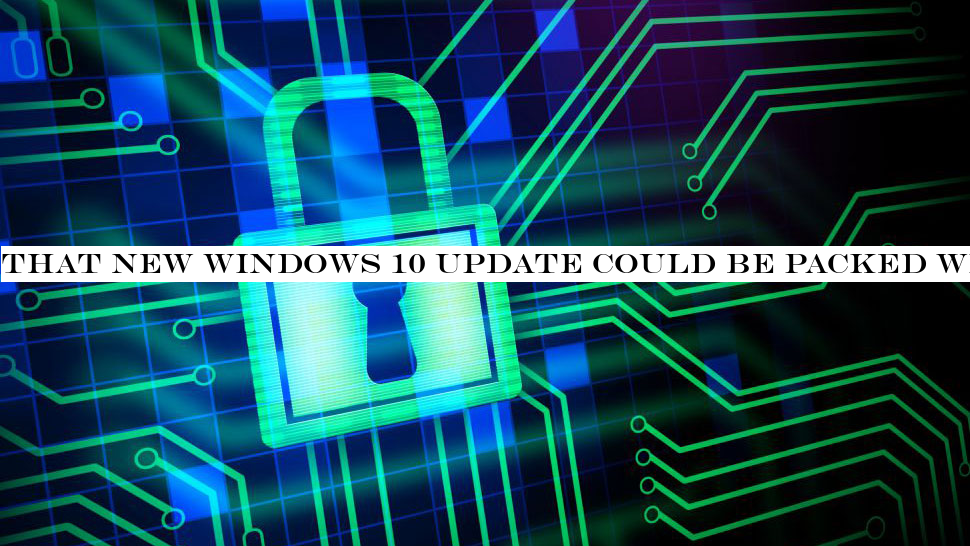INSUBCONTINENT EXCLUSIVE:
Users have been warned not to download a fake Windows 10 update which is actually packed with malware.Security researchers from Trustwave's
SpiderLabs have uncovered a new malicious campaign that spoofs an urgent update email from Microsoft to infect user's systems with the
Cyborg ransomware.Targeted users first receive an email with either the subject line 'Install Latest Microsoft Windows Update now!' or
'Critical Microsoft Windows Update!' which is already suspicious as Microsoft pushes Windows updates through its operating system and never
through emails.The email itself contains just one line of text which reads: “Please install the latest critical update from Microsoft
While the fake update attachment has “.jpg” file extension, it is actually not a picture but instead is an executable file.This
executable file is a malicious .NET download that the attackers have designed to deliver malware to the infected system.Upon clicking on the
email's attachment, the executable hidden within it downloads a file called 'bitcoingenerator.exe' from a GitHub account with the name
Just like with the attachment itself, this file is a .NET compiled malware known as the Cyborg ransomware.Once activated, the ransomware
encrypts all of the files on the infected user's system and appends their filenames with its own file extension, 777
A ransom note with the filename 'Cyborg_DECRYPT.txt' is then left on the desktop of the compromised machine
Finally the ransomware leaves a copy of itself called 'bot.exe' hidden at the root of the infected drive.In an effort to better understand
the variants of the Cyborg ransomware, Trustwave researchers searched for the original filename of the ransomware they obtained and searched
There they found three other samples of this ransomware and discovered that a builder for it exists online.The researchers also found a
GitHub account with the name Cyborg-Ransomware that contained a repository with the ransomware builder binaries as well as a second
repository with a link to the Russian version of the same builder hosted on another site.Trustwave's Diana Lopera explained why the Cyborg
ransomware poses a serious threat to individuals and businesses in a blog post, saying:“The Cyborg Ransomware can be created and spread by
anyone who gets hold of the builder
It can be spammed using other themes and be attached in different forms to evade email gateways
Attackers can craft this ransomware to use a known ransomware file extension to mislead the infected user from the identity of this
ransomware.”Protect your devices from the latest cyber threats with the best antivirus software

